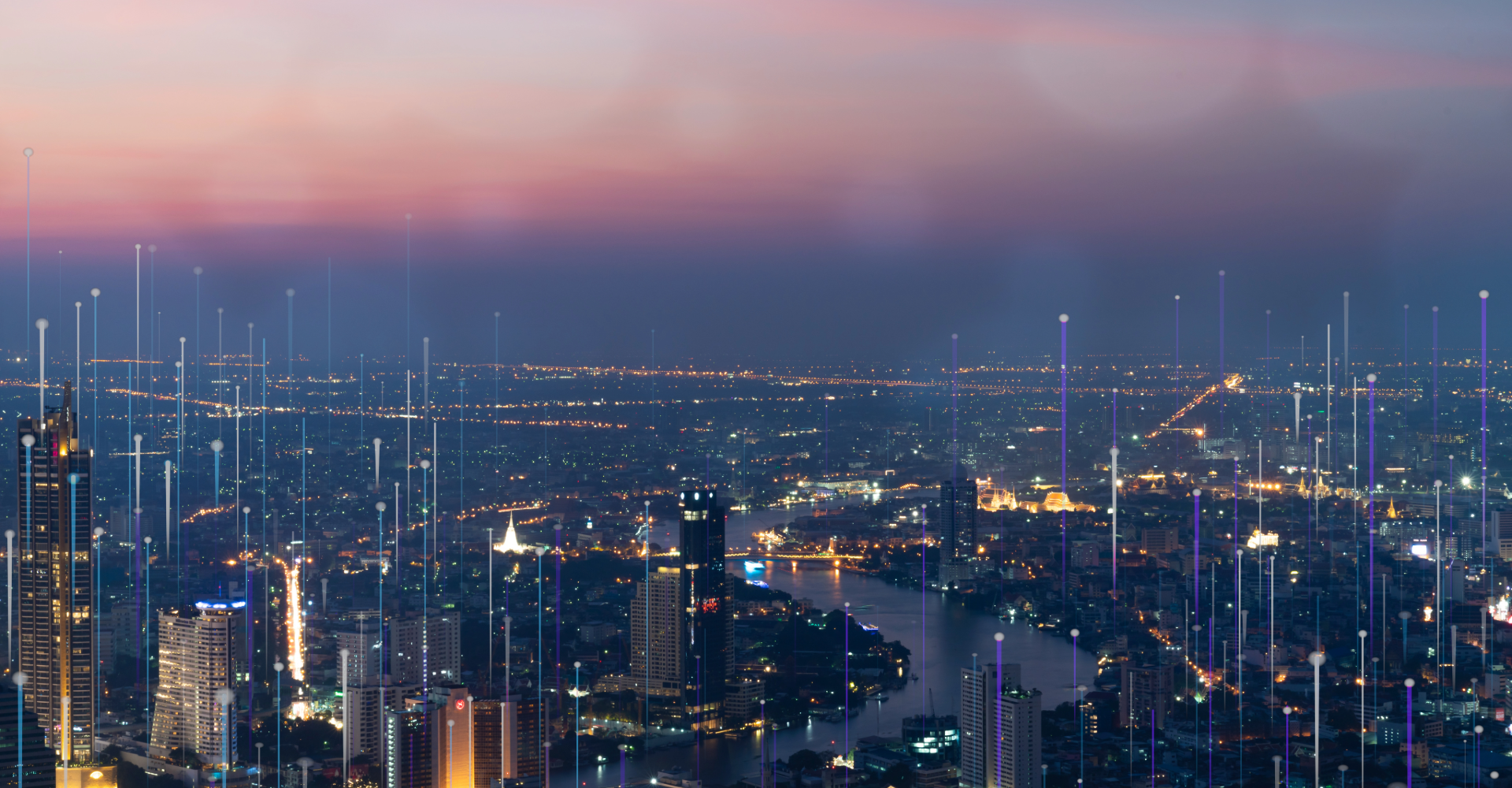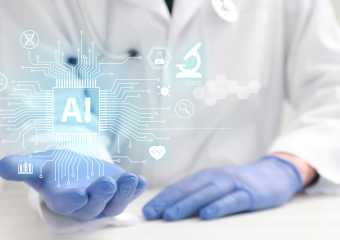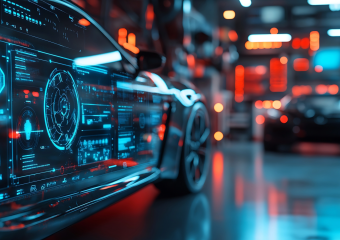Building Smarter Cities with AIoT: Infrastructure That Thinks Ahead
AIoT and Urban Development
AIoT, a blend of Artificial Intelligence (AI) and the Internet of Things (IoT), is paving the way for a revolution in urban planning and management. As cities continue to grow, with over half of the world’s population now living in urban areas, the challenges related to sustainability, efficiency, and quality of urban living increase as well. AIoT steps into this complex landscape as a dynamic solution, enabling infrastructure that not only manages current issues but also anticipates future challenges.
How AIoT Transforms Urban Infrastructure
At its core, AIoT is about integrating AI technologies with IoT devices to create intelligent systems that learn from vast streams of real-time data. In an urban context, this means smarter city solutions that optimize how cities function, reduce costs, and enhance the livability for its residents.
- Smart Traffic Management
Traffic congestion and pollution are perennial challenges in urban areas. AIoT contributes to smarter traffic systems that adapt to real-time traffic conditions. Sensors placed across the city collect data on vehicle flow, which AI systems analyze to predict traffic patterns and suggest optimal routes. This not only reduces congestion but also diminishes vehicle emissions, contributing to a healthier city environment. - Enhanced Public Safety
AIoT enhances public safety measures by integrating video surveillance with AI technologies. This system can analyze footage in real time to detect anomalies and potential threats, automatically alerting authorities. By proactively responding to incidents before they escalate, such systems significantly improve urban security. - Efficient Utility Management
Urban centers face significant challenges in managing resources like water and electricity efficiently. AIoT helps in this aspect by monitoring consumption patterns, predicting peak demand, and identifying leaks or faults in the system. For example, smart grids powered by AIoT can autonomously adjust energy distribution based on current demand and supply conditions, leading to considerable energy savings and reduced operational costs.
The Role of AIoT in Sustainable Urban Planning
Environmental sustainability is a critical component of modern urban planning. AIoT aids cities in achieving sustainability goals through various applications:
- Waste Management: Smart bins equipped with sensors can notify management services when they are nearing full capacity, optimizing collection routes and schedules.
- Air Quality Monitoring: Networks of IoT devices continuously monitor air quality, providing data that AI systems analyze to forecast pollution levels and suggest preventive measures.
- Green Building: AIoT plays a significant role in creating green buildings that dynamically adjust lighting, heating, and cooling systems to optimize energy use and maintain comfort.
Challenges and Considerations in Implementing AIoT
Despite its benefits, the implementation of AIoT in urban environments faces several challenges. Privacy concerns are paramount, as increased surveillance and data collection could lead to potential misuse. Furthermore, the digital divide may widen if AIoT advancements are not uniformly distributed across different socio-economic segments.
Moreover, the initial cost of deploying AIoT infrastructure can be high, though it is counterbalanced by long-term savings and efficiency gains. Cities must also ensure robust cybersecurity measures to protect against potential breaches that could disrupt essential services.
Conclusion: The Future of Urban Living with AIoT
As we advance into the future, AIoT stands out as a crucial technology for developing smarter, more sustainable cities. By leveraging the power of AI and the connectivity of IoT, urban centers can transform into more efficient, safe, and sustainable places. The journey to integrate AIoT into urban infrastructure requires careful planning, a focus on ethical standards, and a commitment to inclusivity. Nevertheless, the potential for AIoT to foster environments where both technology and humanity thrive together is immense. Cities that embrace this intelligent infrastructure are setting themselves up not just to react to the world’s challenges but to anticipate and address them proactively. Smarter cities are not just a lofty ambition—they are becoming a necessary evolution as we look towards a sustainable and efficient future.





